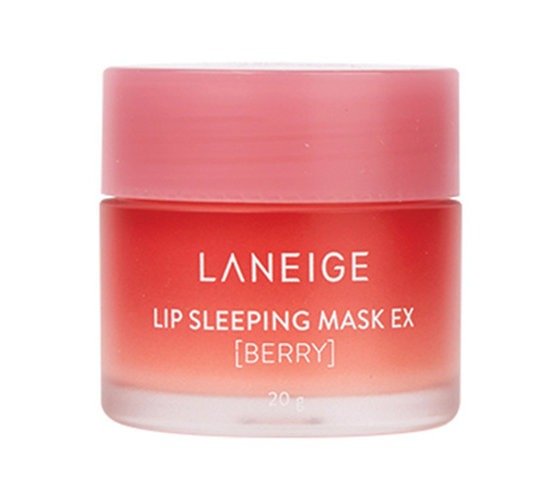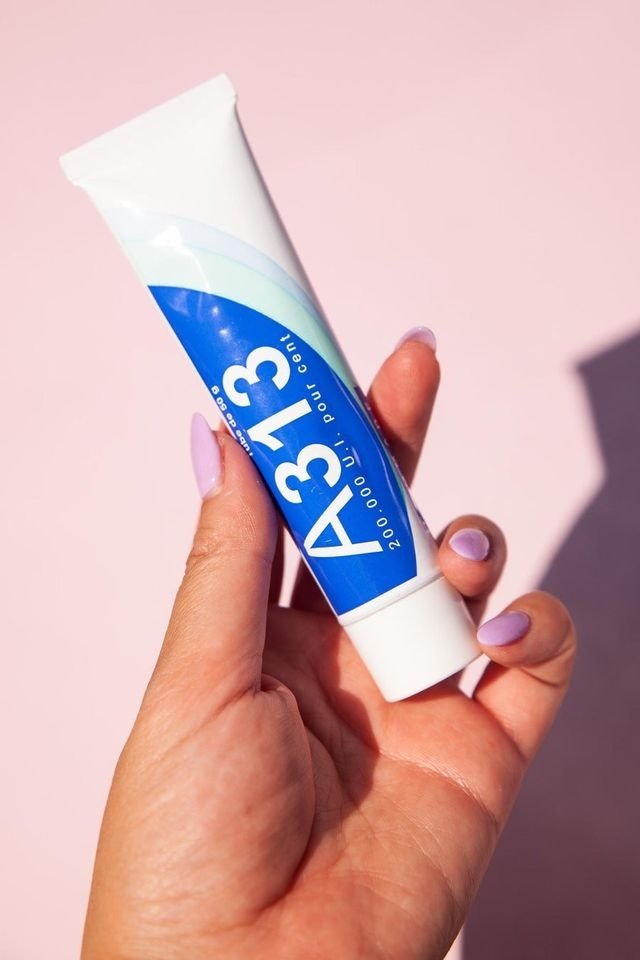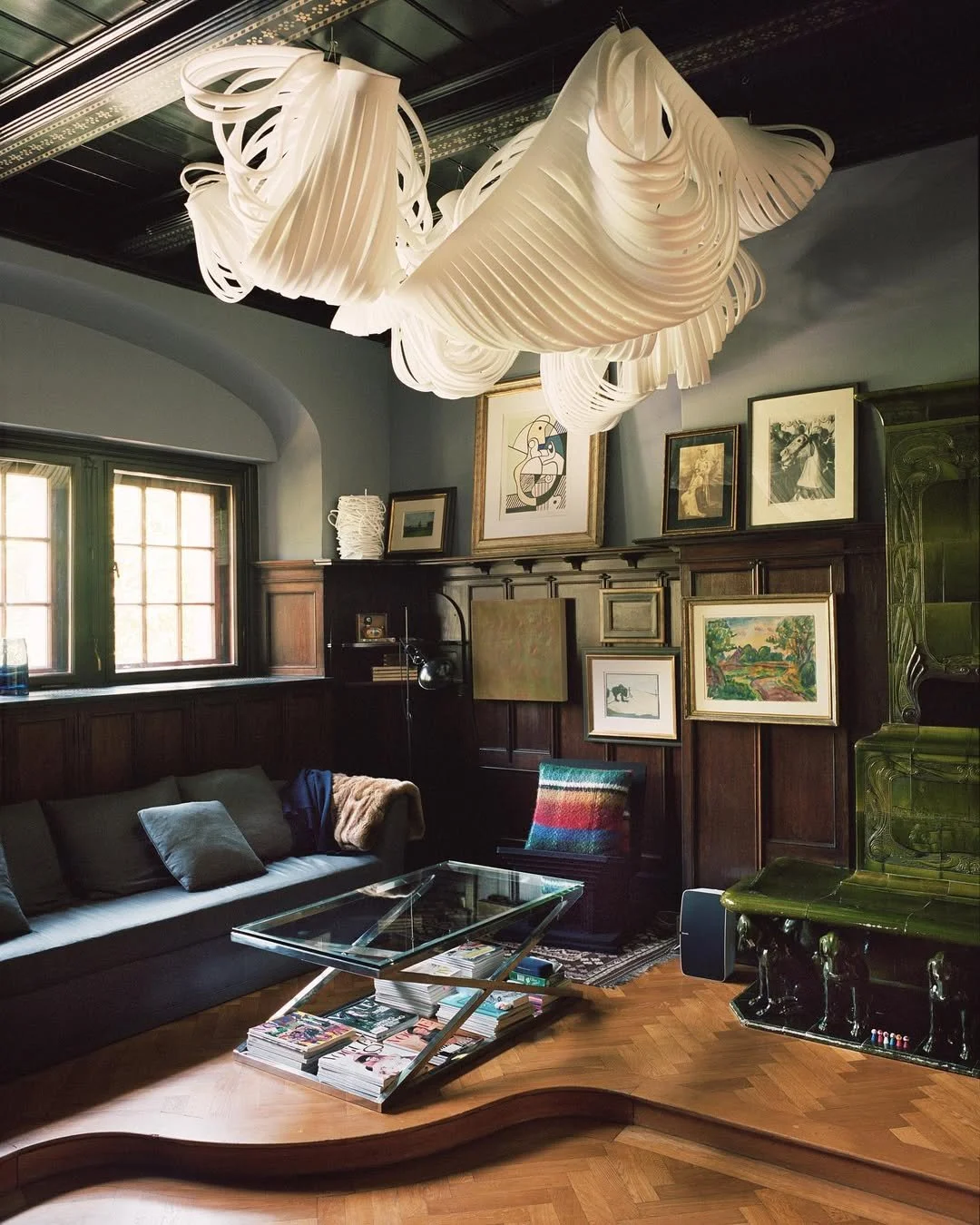Understanding Fine Lines and Wrinkles: How to Prevent and Treat
Do you ever find yourself staring in the mirror, wondering how you can help yourself when it comes to fine lines and wrinkles? Understanding the causes of these common skin issues, as well as preventative measures and treatments, can help you make informed decisions. In this blog post, we will discuss the term “anti-aging”, distinguish between fine lines and wrinkles, look at intrinsic versus extrinsic aging, discuss tips for prevention, go over skincare ingredients to consider using, and explore at-home devices that could help.
The Term Anti-Aging
The term “anti-aging” has become a popular buzzword in recent years. While many people think of it in negative terms—as if we should be ashamed of growing older or want to completely halt the aging process—it actually means something quite different. At its core, anti-aging simply refers to the use of products or treatments designed to reduce signs of aging such as fine lines and wrinkles. It is not about trying to turn back time; instead, it is about taking proactive steps to maintain your skin health with age.
What Causes Fine Lines and Wrinkles?
Fine lines and wrinkles are largely a natural part of the aging process as our skin loses its elasticity over time. However, there are various factors that can accelerate this process:
Aging: As the skin ages, it becomes thinner, drier, and less elastic which leads to the formation of wrinkles.
Sun Exposure: The ultraviolet light in sun rays break down the collagen and elastin fibers in the skin leading to premature aging.
Facial Expressions: Repeated facial movements such as smiling, frowning, or squinting can lead to fine lines and wrinkles over time.
Lifestyle Factors: Smoking, alcohol, poor diet, and lack of sleep can all contribute to the premature aging of the skin.
Fine Line vs. Wrinkle
In order to understand fine lines and wrinkles let's first understand that there's no fundamental difference between a fine line a wrinkle, they are the same thing. The biggest difference technically would be the depth of that line or wrinkle, a fine line being more superficial and the wrinkle going a little bit deeper.
Fine lines are those delicate creases that appear around your eyes or mouth due to repetitive facial movements or expressions; they tend to be shallower than wrinkles. On the other hand, wrinkles are deeper furrows that form due to a combination of factors including genetics and environmental damage; they are more permanent than fine lines since they involve changes within the dermal layer itself. Fine lines are often associated with the early signs of aging, while wrinkles are more pronounced and deeper in appearance.
Types of Wrinkles
Forehead Lines: These are horizontal lines that form across the forehead due to repeated facial expressions and aging.
Crow's Feet: These are fine lines that appear at the outer corners of the eyes. They are often the first wrinkles to develop on the face.
Smile Lines: These are lines that run from the nose to the corners of the mouth, often deepening with age.
Under Eye Wrinkles: These are often caused by aging, sun exposure, and lifestyle habits such as smoking.
Intrinsic vs. Extrinsic Aging
Another key factor in understanding how fine lines and wrinkles form is distinguishing between intrinsic (internal) aging and extrinsic (external) aging. Intrinsic aging is caused by our bodies’ natural processes such as hormonal changes and collagen production slowing down with age; these processes are mostly out of our control since they happen internally in our bodies over time. As we hit our mid-20s collagen production decreases one percent a year so by the time we reach our 90s we end up extremely wrinkled and shrivelled. That is intrinsic aging because that is the aging pattern that we are genetically predisposed to having.
Extrinsic aging means everything that comes from outside; oxidative stress from pollution, how much sun we're getting, do we smoke, do we drink alcohol, what our diet is made up of etc. As we get older all of that can lead to the superficial thickening of your skin, which can give you a leathery appearance and can emphasize wrinkles. Bad habits lead to a rough, uneven skin tone and most of the problems we associate with our skin as we get older.
Tips for Prevention
Now that you understand what causes fine lines and wrinkles let us look at some tips for preventing them from forming prematurely or worsening with age. The most important thing you can do for your skin is wear SPF daily—even on cloudy days—to protect against harmful UV rays from the sun which cause premature skin damage like sunspots or discoloration over time. If you're living by the equator or in a really hot climate and you're outside a lot I say SPF 45. For everyone else, SPF 30 should suffice.
Additionally, try using products formulated with hydrating ingredients like glycerin or urea which can help keep your skin moisturized throughout the day; this prevents dryness which contributes to dullness & flakiness often associated with premature aging signs.
Glycerin is an occlusive ingredient that helps to trap moisture in the skin, improving hydration and reducing dryness which can contribute to wrinkles. I actually love glycerin. It's an underrated hydrating ingredient that is relatively cheap and in a lot of products. Glycerin is a beautiful non-irritating humectant that draws in water and gives your skin a firmer more plump appearance instantly.
Urea is an exfoliating ingredient that can help reduce the appearance of fine lines and wrinkles by removing dead skin cells. It's a humectant (so it's gonna absorb water) but it's also a good keratolytic (meaning it's gonna get rid of the dead superficial skin cells). Depending on the concentration of your urea product it can make a big difference. Anything less than 10 is a moisturizing urea. Between 10 and 20 you have a little bit of the moisturizing and the keratolytic effect. Above 20 you're just breaking up the superficial dead skin.
Look into beta glucan which helps strengthen your skin’s barrier function while also providing antioxidant protection against environmental stressors like pollution and smoke. A natural sugar extracted from mushrooms, this ingredient helps to increase collagen production which can improve the firmness of the skin. I feel like beta glucan is one of those underrated ingredients. It prevents trans epidermal water loss so it holds on to that water and acts like a nice occlusive as well. The Laneige lip sleeping mask has beta glucan in it and for that I do think it's a really good product.
Laneige Lip Sleeping Mask
This iconic, fan-fave pout perfector is a special intensive-care mask for lips. With nourishing beta glucan, murumuru seed and shea butter, this hydrating lip mask delivers intense moisture and antioxidants while you sleep for visibly smoother, baby-soft lips in the AM.
Stimulating ingredients are a separate category that help to support collagen production. Vitamin C is a necessary ingredient within the pathway of making collagen so that's why I do think it's important to use it on a daily basis. Not only is it protecting your skin from future damage it's also helping your skin repair itself.
Finally your whole vitamin A class of retinols and retinoids have been proven to really stimulate collagen production. I love them around the eyes. Kate Somerville has a really nice one over the counter. There are other ones over the counter as well that are great like the a313 from France. It's a lighter option but you'd be surprised at how effective it is. L'Oréal has their retinol 0.3 which is also great for beginners. If you feel like you need more you can definitely get more through prescriptions but there's a lot of great options right now over the counter.
Kate Somerville Retinol
Formulated with anti-aging superstars Retinol and Vitamin C, this lightweight and luxe moisturizer firms, brightens and nourishes skin overnight while improving texture, tone, and the look of fine lines and wrinkles.
A313 ointment is enriched with vitamin A, the famous retinol that can improve the quality of the epidermis in various ways. It refines the skin structure, reduces pores, improves and increases the radiance of the complexion, limiting the appearance of blackheads and small pimples. Its effect strengthens the structure of the dermis, achieves a tightening of the skin and smooths wrinkles to keep everything supple and firm.
An anti-aging retinol serum for all skin types. The quick-absorbing formula is non-comedogenic, fragrance free, and paraben free.
At Home Devices
In addition to topical skincare products there are also devices available for at home use that may help reduce signs of aging. Many devices make use of LED light therapy which helps stimulate collagen production and cellular turnover while also improving texture and tone over time.
HigherDOSE Red Light Face Mask
The HigherDOSE Red Light Face Mask is a light therapy device that combines red and near-infrared LED technologies. Light therapy is a gentle, non-invasive treatment that mimics low-level rejuvenating wavelengths found in natural sunlight. This relaxing and effective treatment warms the skin, boosts your mood, and enhances your natural glow.
Diet
You want to eat antioxidant rich foods and a diet rich in proteins, as proteins are the building blocks of collagen. Avocado oil also increases type 2 collagen (according to the journal of rheumatology) and that's usually the collagen found in your joints and eyes and bones. On average you should also be drinking between two to three liters of water a day to keep your skin as plump as possible.
In-Office Treatment Options
Peels and Microneedling: These treatments remove the top layer of the skin to reveal younger, healthier skin underneath.
Dermal Fillers: These injections can help to fill in wrinkles and add volume to the face.
Lasers and Light Therapy: These treatments can help to improve skin texture and reduce the appearance of wrinkles.
Final Thoughts
Remember, prevention is key when it comes to keeping wrinkles and fine lines at bay. So make sure to protect your skin with the right skincare ingredients and products, as well as lifestyle habits like sunscreen, diet, and avoiding alcohol. Ultimately, taking care of your skin now will pay off in the long run!
Do you have any questions about fine lines and wrinkles? Ask away in the comments below.






















